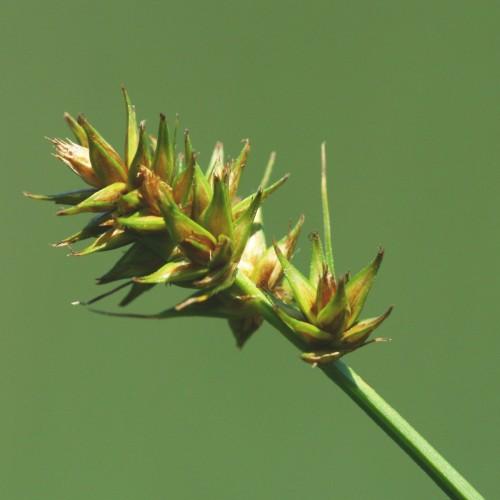
Heavy Sedge
Carex gravida
Also Known As - Heavy Fruited Sedge,Long Awned Bracted SedgeWatering:
Average
Hardiness Zone:
Sun:
Sun
Soil:
Sand
Leaf:
Yes
Growth Rate:
Low
Drought Tolerant:
Yes
Salt Tolerant:
Yes
Care Level:
Medium
watering
Gmelin's Sedge should be watered regularly to keep the soil moist but not soggy. Water every 2-3 days during the warmer months, and every 4-7 days during the colder months. Take care to ensure that the plant does not get too dry, as it needs evenly moist soil to thrive. Alternatively, Gmelin's Sedge can also be watered less frequently and deeply, but this should only be done if the soil is allowed to dry out significantly in between waterings. For best results, water in the morning so the foliage is dry by nightfall.
sunlight
Gmelin's sedge (Carex gmelinii) requires an average of 4 to 8 hours of sunlight per day, preferably during the morning, to perform its best. Sunlight helps the plant to photosynthesize and produce energy to support its growth and development. When providing sunlight to Gmelin's sedge, care should be taken to ensure indirect light is used, as too much direct sunlight can cause the plant to burn. Additionally, the amount of sunlight should be reduced in the hotter months to prevent sun damage and scorching.
pruning
Gmelin's Sedge (Carex gmelinii) should be pruned once a year in late winter or early spring. Prune any dead or dying foliage back to the base of the plant and cut back any overly long or thin shoots to a third of their original length. Be careful when pruning so that you do not accidentally remove emerging shoots or flower stems. Doing this will help to promote a denser, healthier plant structure.
